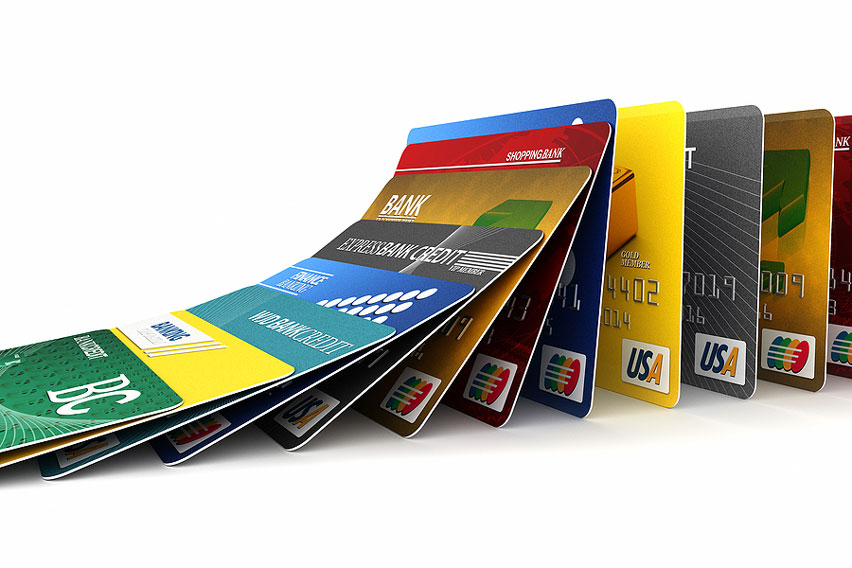 The startling size of US debt and its rapid pace of accumulation have many investors focused on the federal deficit. However, there’s another monstrous debt problem looming on the horizon: US credit card debt. Americans have collectively racked up more than $1 trillion in debt, underscoring the country’s problematic spending habits.
The startling size of US debt and its rapid pace of accumulation have many investors focused on the federal deficit. However, there’s another monstrous debt problem looming on the horizon: US credit card debt. Americans have collectively racked up more than $1 trillion in debt, underscoring the country’s problematic spending habits.
Understanding US Credit Card Debt
US credit card debt refers to the total amount of debt incurred through the use of credit cards among the entire American populace. It represents the money borrowed by consumers with the requirement to repay the principal amount plus interest by specific deadlines over time. The country’s entire credit card debt is a reliable indicator of consumer confidence, individual spending habits, and credit accessibility. This impact makes it an important consideration when assessing the broader economy’s health.
Similar to the impact of US national debt, credit card debt comes with advantages and considerations. It promotes economic growth through increased investment flexibility and convenience but also leads to financial strain and significant debt accumulation when not managed properly. Unfortunately, a toxic mix of irresponsible personal spending and federal fiscal policies has led to a potential credit card debt crisis in the US.
US Credit Card Debt in Numbers
It’s tough to underestimate the severity of US credit card debt which has recently notched record highs and shows no signs of slowing down. Dissecting the numbers behind this grim milestone can paint a more accurate picture for investors.
- $1.08 Trillion – The total amount of credit card debt among Americans
- 56 Million – The number of people who have carried debt for at least a year.
- 71% – The increase in US credit card debt over the past 10 years.
- $8,000 – The average credit card debt per person.
- 84 – The average number of credit cards owned by Americans.
- 30% – The amount the average annual percentage rate (APR) has increased in the last year and a half.
- 98% – The percentage of delinquent (90 or more days late) credit card balances.
👉 Related: What Happens if the US Defaults On Its Debt?
Why US Credit Card Debt Matters
In light of US debt surpassing $34 trillion, some investors might justifiably question the severity of credit card debt. After all, the government’s failed fiscal responsibility far outpaces that of the average consumer. However, that seemingly logical thought process ignores the relationship between national and credit card debt. While technically differing calculations, these two major forms of debt are synergistically detrimental. Here are some macroeconomic ripple effects of the surging credit card debt:
Economic Vulnerability
Consumers are the driving force behind the economy. When broad swathes of the population struggle to repay their debt, spending naturally subsides. This economic weakness doesn’t stay isolated as a rapid decline in investor confidence has the potential to rattle the foundations of the economy. This phenomenon is akin to what was witnessed following the Great Recession when a housing bubble tanked the entire economy.
Exacerbate National Debt
While not factored into the national debt, high levels of credit card debt indirectly affect the government’s ability to manage a balanced budget and service its debt. Higher levels of debt lead to reduced consumer spending which can slow economic growth. In the end, this reduces tax revenue which slashes federal income and compels increased borrowing.
Entrenched Volatility
One of the unseen and unacknowledged causes of this market volatility is credit card debt and other forms of consumer debt. Economic booms increase consumer confidence and encourage debt accumulation which can lead to inflationary pressures. During market downturns, high debt levels prolong recovery as consumers are reluctant to spend, instead focusing on repaying debt.
Global Implications
The US has enjoyed dominance on the global economic stage for nearly a century, but that prestige is starting to wane. Countries around the world are losing faith in the stability and security of the US dollar because of America’s debt problem. That includes national and credit card debt. This irresponsible spending across the board has set a process of de-dollarization in motion where governments actively transition away from dependence on the US.
Find Protection in Precious Metals
In the face of a looming debt crisis — on the federal and consumer level – you can take steps to minimize investment vulnerability and make sure you are diversified with physical investments such as precious metals. Gold and silver can offer protection from volatility of a potential debt crisis due to their tendency to rise while the rest of the economy falters.
If you’re interested in learning more about how you can diversify, protect, and grow your portfolio with gold and silver assets, download our FREE Precious Metals Investment Guide.


